|
|
| Progress of water and energy cycle studies in Tibet/HImalayas |
Tibet and Himalayas, so called the roof of the world, have been attracted many scientists. Mountain glaciers provide the important water resources and thermo-dynamic functions characterzse unique local weather and modify the monsoon circulations. Recent focuses are that how the plateau and mountain climate behave or react under the global climate changes, such as found in GLOF problem. Recently, many numerical models simulate the function of Tibet/Himalayas, however, still a small number of studies have been investigating the meso and synoptic scale mechanism of land-atmosphere interactions assured by the observed data. Really, it is still unclear the actual mechanism of heavy rains or drought in relation to thermo-dynamic function of the plain and mountains.
Let me review the hisroty of my study activity. Numers in the parenthses
corresponds to the articles. To overcome the water cycle issues in such
a remote area, first challenge was to initiate in-situ measurements to
know the facts. Precipitations showed quite variable in time and elevations
in the Himalayas (5, 13), multiple observation network clealy showed the
systematic linkage of local circulations in the deep valley and monsoon
variability (36). Besides, precipitations are shallow and in-frequent over
the plateau even with strong convections (14, 23), and nocturnal precipitations
are sometimes controlled by synoptic scale convergences affected by the
plateau .topography, not by the local convergences (41). So what is the
"Synoptics" around the plateau and how the plateau scale precipitation
distribution behave? We need help for satellite estimates and intercomparison
studies with reanalysis data and numerical weather models(20, 28, 41).
Although the point measured precipitation include observational biases
(16), mutiple data with numerical simulation shows consistency in the nature
to reveal the mechanism of water cycles, such as the transportation of
water vapor, initiation of MCS, and cause of heavy rains (39, 43, 45).
According to a long-term international collaboration (17), year-to-year
variability of local weather showed close relations to the large scale
remote teleconnection, especially in non-monsoon season (38). Many of passed
study have been limited the analysis in warm season. However, winter and
spring season shows large weather variability and important to control
the surface condition of pre-monsoon season (31, 34, 48).
A region covering Tibet/Himalayas is a Pandora's box where atmosphere and land strongly interacts each other, and unclear geo-environmental functions are still there. Based on the modern technology, such as satellite estimates and numerical simulation, and the heritage of long-term in-situ projects, further investigations are expected by young generation.
|
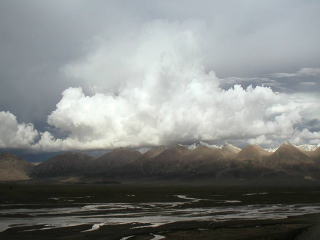
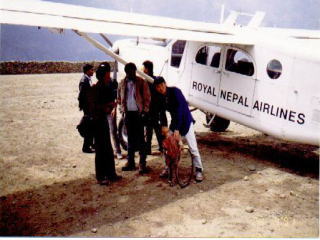
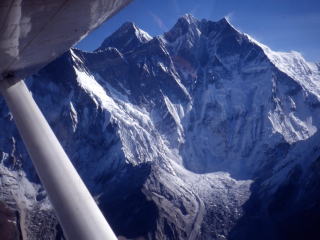
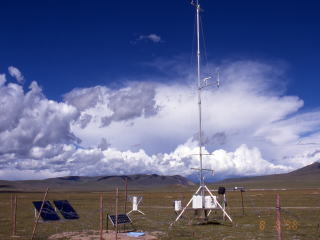
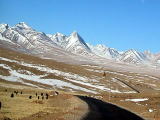
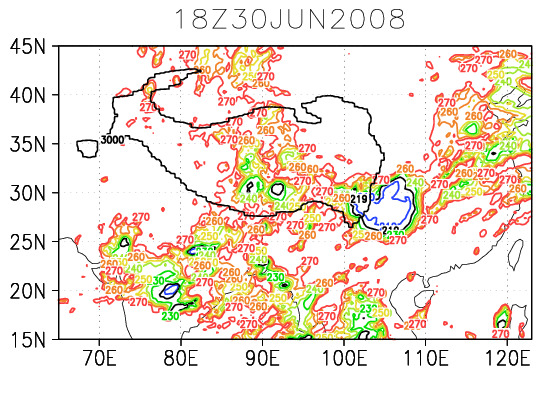
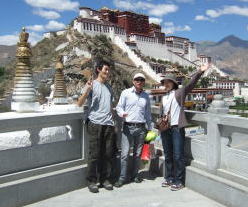 |
|
|
|

